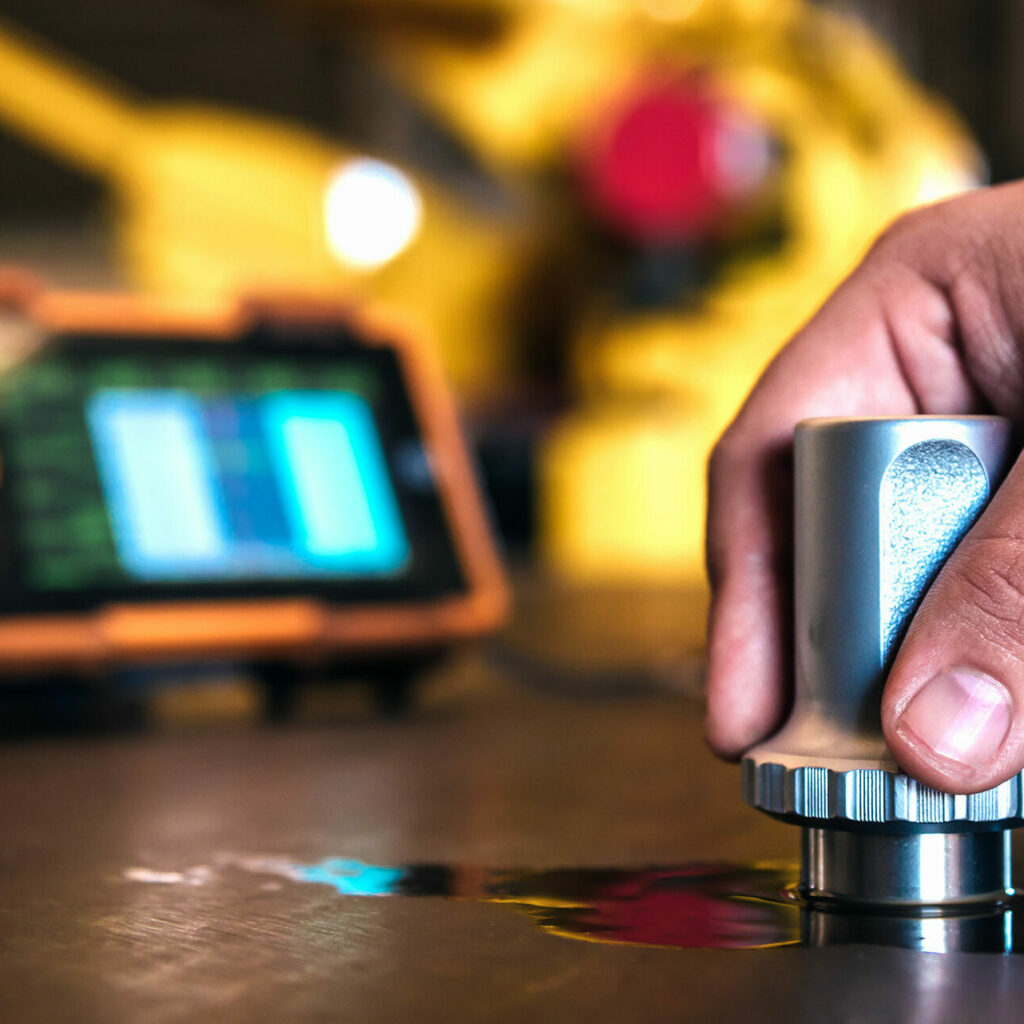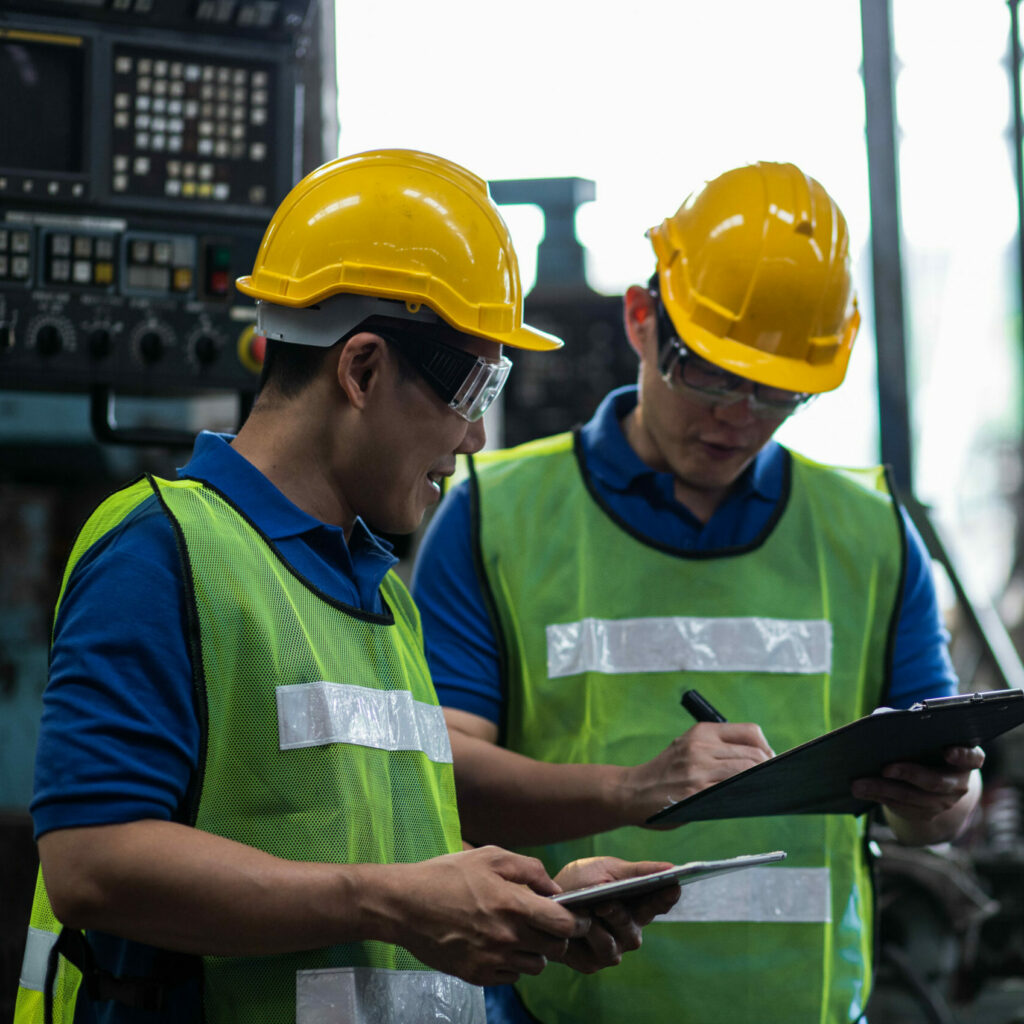5 tips for making welding procedures
Welding Procedure Specifications and Qualifications
Welding procedure are performed according to predetermined standards and codes. The Welding Procedure Specification (WPS) and the Procedure Qaultification Record (PQR) are two important documents for the welding process. Specifically, the WPS is a document that contains all the necessary information during the welding process of a material, it serves as a sort of guide. Moreover, the PQR qualifies the WPS, meaning that it contains all the values used during the welding test to ensure that WPS are being followed.
In this blog post, we share 5 tips to make welding procedure documents.
1. Be general
Depending on the project type and its specifications, you may either require a dedicated welding procedure qualification (using also project material), or you may rely on a previously qualified welding procedure. In any case, it’s always useful to have a “library” of qualified welding procedures (and of course welding personnel!). To be as broad as possible, you need to take into consideration the essential variables of the code or welding standard you are using, and also the qualification ranges.
As an example, according to Table QW-451.1 you can weld a 40 mm pipe, and deposit more 19 mm to be qualified for welding from 5 mm to 80 mm (both parent metal and deposited thickness). Of course other essential variables need to be taken into account
2. Be specific
It’s not a contradiction to what written before.
Even though it’s true that a generic qualified procedure may be recognized as valid from the code/standard point of view, you need to consider also the welder’s capacity and the welding conditions. This is specially true for welding with some constraints (e.g multiple pieces packed together with little space to move the stick or the rod, or tough wheather conditions)
A qualification made doing a simple butt weld joint, can’t have the same value (even though it’s valid) as a qualification made on a mock-up having the same welding configuration, and also will make the welder more confident on the real production weld
3. Take into consideration the type of product
Many standards and project specifications have the type of product as an essential variable. This means that an API 5L X65 and an ASTM A694 F65 are not considered equal (even though they have the same P-number and Group Number).
This is mainly due to the manufacturing process, and the potential defects and welding issues that a product may have. A pipe product is completely different from a forging, even though the material composition and mechanical properties are (more or less) the same
4. Don’t rely exclusively on P number and Group number
You may think that if you cover all P-numbers and Group Numbers, you don’t need any additional qualification. However not all standards recognize them. We are not talking about the ISO EN groups of course, but some project specific requirements. As an example. duplex and super duplex stainless steel have the same P and group number, but Norsok M601 require different qualifications
5. Don’t limit an ASME qualifications to two tensile and four bend tests
The ASME standard requires just these tests for a welding qualification, however we have never seen a project specification that is satisfied only with these tests! These two tests may give you the feeling that the weld is safe and sound, but it doesn’t give you any additional information about all the other characteristics of the weld.
Consider also adding hardness test, impact test (based on the type of steel of course), micro and macro examination, surface and volumetric NDT, and a corrosion test based on type of steel. By doing this, not only your procedure will be compliant to most of the project speficications (with regards to the test extension) but you are also confident that your weld is a good weld!
The SteelTrace solution
SteelTrace can provide you with a digital platform, which gather all test reports in real-time, and in a standardised format. This will prevent you from waiting or wasting time on finding the right information. SteelTrace also ensures that all the data is secured, using Blockchain technology, which in turn prevents fraud and guarantees the authenticity of the test results.
If you want to know more about the SteelTrace solution, make sure to sign up for a product demo! You can register at your preferred time using the link below:




